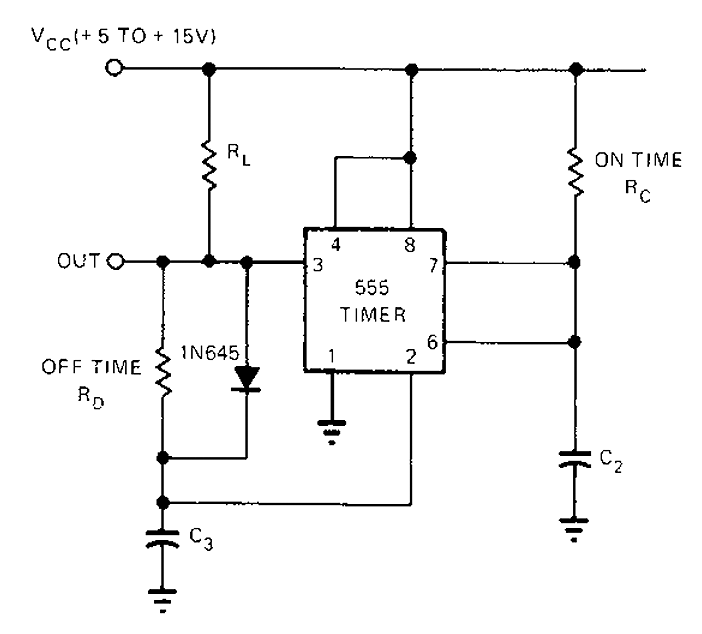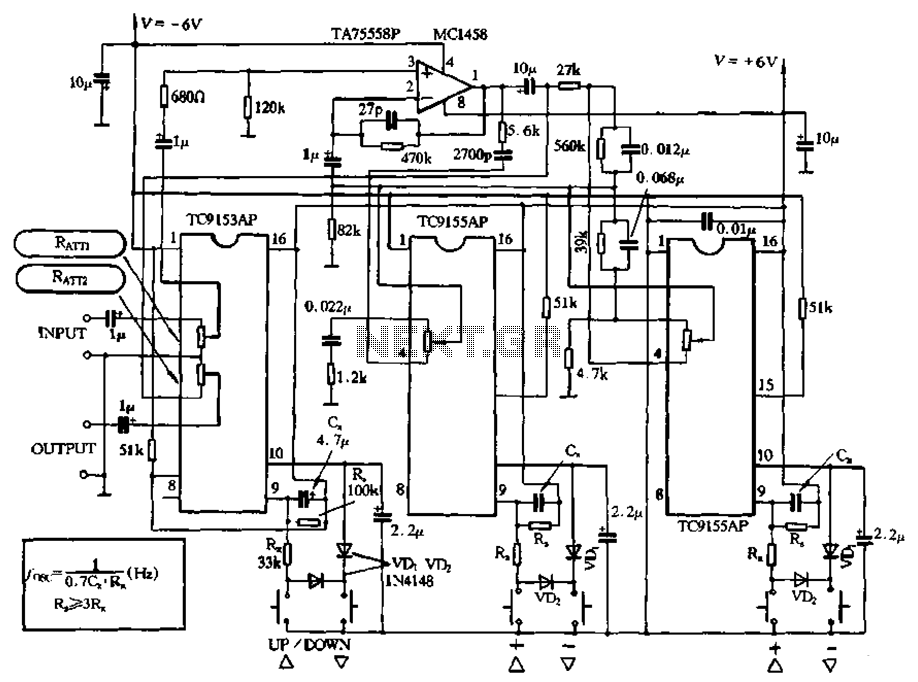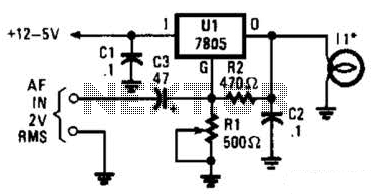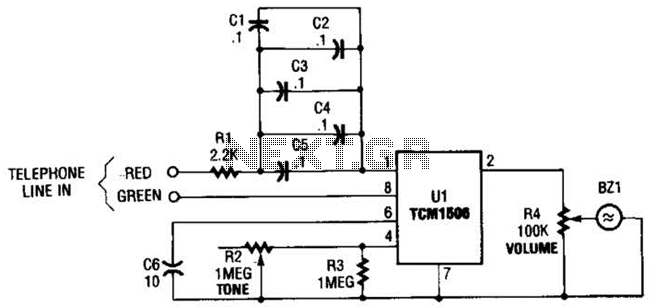
Keys Finder circuit

Picture a morning where you are anxiously waiting for the bus to work, only to realize that you cannot find your keys. If this scenario occurs often, this circuit is designed for you. A simple press of a button is all that is needed. The entire circuit is compact enough to be attached to your keychain.
This circuit functions as a key finder, utilizing a combination of sound and light indicators to assist in locating misplaced keys. It typically consists of a small microcontroller, a speaker or buzzer, and an LED light, all integrated into a compact housing that can be easily attached to a keychain.
When the user presses a designated button on a remote control or a mobile application linked via Bluetooth, the microcontroller activates the buzzer, emitting a loud sound to signal the location of the keys. Simultaneously, the LED light flashes, providing a visual cue that can be particularly useful in low-light environments.
Power for the circuit is usually supplied by a small lithium coin cell battery, ensuring a lightweight design while maintaining sufficient energy for extended use. The circuit may also include a power-saving feature that puts the microcontroller into a low-power sleep mode when not in use, thus prolonging battery life.
The overall schematic design includes connections for the microcontroller to the buzzer, LED, and power supply, along with any necessary resistors or capacitors to stabilize the circuit operation. This user-friendly and efficient solution is ideal for individuals who frequently misplace their keys, offering peace of mind and convenience in daily routines.Imagine that is morning, you barely anticipate the bus for work and you can`t find your keys. If you suffer from this situation frequently, this circuit is ideal for you. A fizzle is the only thing you have to do. The overall circuit is small enough to attach it to your keys.. 🔗 External reference
This circuit functions as a key finder, utilizing a combination of sound and light indicators to assist in locating misplaced keys. It typically consists of a small microcontroller, a speaker or buzzer, and an LED light, all integrated into a compact housing that can be easily attached to a keychain.
When the user presses a designated button on a remote control or a mobile application linked via Bluetooth, the microcontroller activates the buzzer, emitting a loud sound to signal the location of the keys. Simultaneously, the LED light flashes, providing a visual cue that can be particularly useful in low-light environments.
Power for the circuit is usually supplied by a small lithium coin cell battery, ensuring a lightweight design while maintaining sufficient energy for extended use. The circuit may also include a power-saving feature that puts the microcontroller into a low-power sleep mode when not in use, thus prolonging battery life.
The overall schematic design includes connections for the microcontroller to the buzzer, LED, and power supply, along with any necessary resistors or capacitors to stabilize the circuit operation. This user-friendly and efficient solution is ideal for individuals who frequently misplace their keys, offering peace of mind and convenience in daily routines.Imagine that is morning, you barely anticipate the bus for work and you can`t find your keys. If you suffer from this situation frequently, this circuit is ideal for you. A fizzle is the only thing you have to do. The overall circuit is small enough to attach it to your keys.. 🔗 External reference





